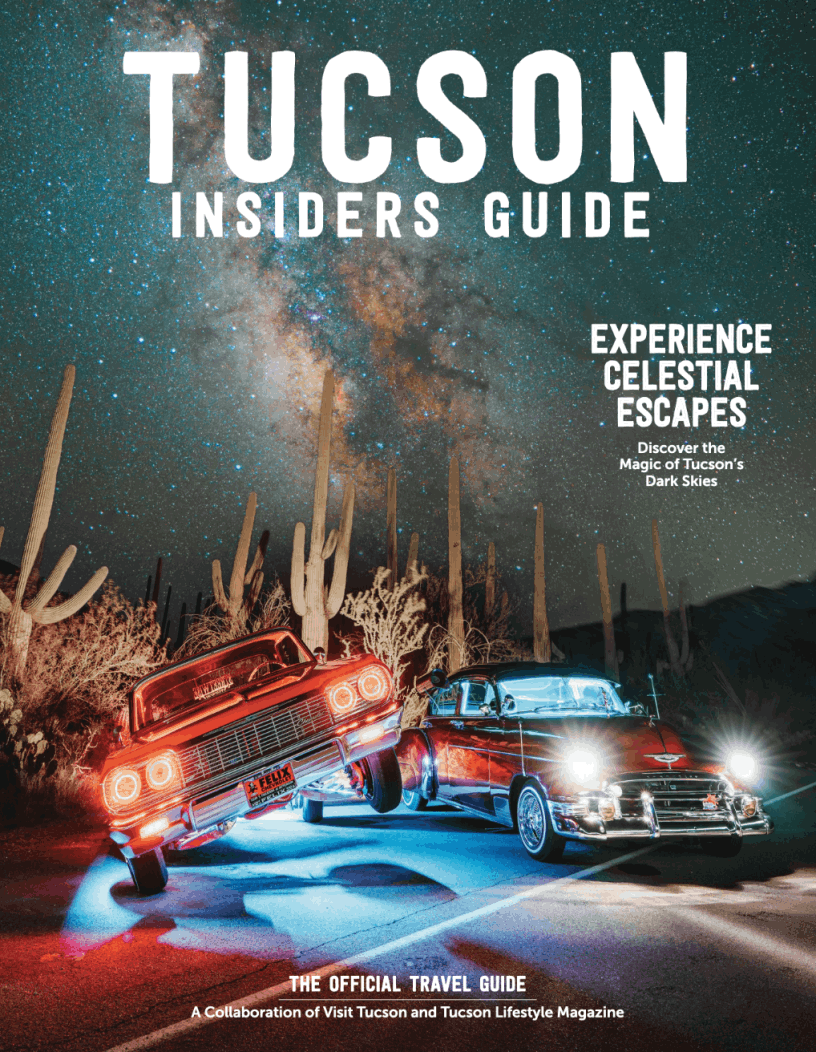Desert Magnificence
As you fly into Tucson, Arizona, you'll be greeted by a stunning panorama that captures the essence of the American Southwest. The sprawling city is nestled in a valley surrounded by five mountain ranges, creating a dramatic backdrop of rugged peaks against the vibrant blue desert sky. The Santa Catalina Mountains dominate the northern horizon, while the Tucson, Rincon, and Santa Rita Mountains embrace the city. The iconic saguaro cacti dot the landscape, standing like silent sentinels across the Sonoran Desert.
- Tucson sits at 2,400 feet elevation, offering cooler temps than Phoenix
- Only natural habitat of the majestic saguaro cactus—the Sonoran Desert
- Spring wildflowers paint the desert with vivid seasonal color
Southwestern Character
Tucson represents the authentic American Southwest, blending Native American, Spanish colonial, Mexican, and frontier American influences. Unlike many homogenized cities, Tucson preserves its distinct cultural identity through thoughtful development and reverence for its roots. Adobe architecture, mission-style design, and modern elements blend harmoniously throughout the city.
- First UNESCO City of Gastronomy in the U.S., honoring 4,000 years of culinary heritage
- Home to the University of Arizona, adding cultural and academic vibrancy
- Named one of "52 Places to Go" by The New York Times
- Thriving arts scene with public art, galleries, and studios citywide
Natural Wonders
Living in Tucson offers easy access to some of the most breathtaking landscapes in the U.S. Just minutes from downtown are pristine desert preserves and alpine escapes. From Saguaro National Park to Mount Lemmon's pine forests, you'll enjoy an outdoor lifestyle unlike any other.
- Saguaro National Park East & West both within 20 minutes
- Sabino Canyon offers desert waterfalls and natural swimming holes
- Mount Lemmon Scenic Byway—southernmost U.S. ski destination
- Kartchner Caverns State Park with stunning underground formations
- Arizona-Sonora Desert Museum—a top-rated natural history experience
Desert Climate Advantage
Tucson's dry, sunny climate is a major draw for those who enjoy year-round outdoor activity. With 350+ days of sunshine annually, Tucson allows residents to enjoy hiking, biking, golfing, and gardening long after other cities are buried in snow.
- 350+ sunny days per year
- Low humidity for more comfortable warmth
- Winter highs average in the high 60s to low 70s
- Four gentle seasons with vibrant spring and golden autumn
- Monsoon season from July–September brings epic desert lightning shows
Travel Convenience
Tucson International Airport (TUS) offers excellent access with 20+ direct flights. Located just 7.5 miles from downtown, it makes travel hassle-free. For broader connections, Phoenix Sky Harbor International Airport is only 90 minutes away by car.
- TUS offers direct flights to 20+ major hubs
- 7.5 miles from downtown, allowing quick airport access
- Phoenix Sky Harbor just 110 miles away for international travel
- Easy weekend road trips to San Diego, Las Vegas, Grand Canyon and more
Authentic Appeal
Tucson strikes a balance between urban sophistication and small-town warmth. Its blend of affordability, community spirit, and access to the outdoors makes it ideal for physicians seeking a meaningful work-life balance in a vibrant but unpretentious setting.
- Strong sense of community with friendly, welcoming residents
- Average commute of just 25 minutes
- Downtown renaissance with restaurants, breweries, and cultural spaces
- Outdoor recreation just minutes away
- Southwestern authenticity preserved and celebrated citywide
